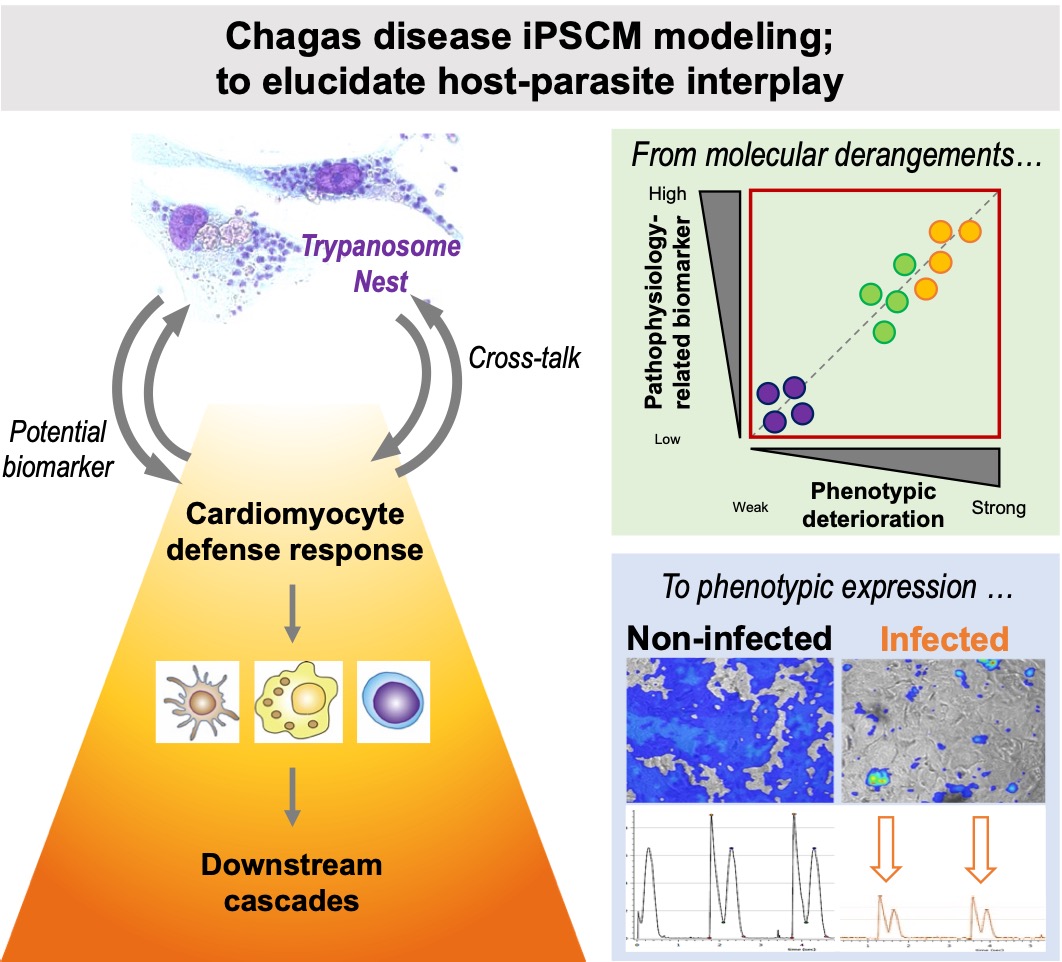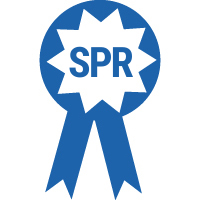Infectious Diseases
Infectious Diseases 3
409 - iPS cell-derived cardiomyopathy model as the ‘translational hub’ for Chagas disease biomarker discovery: bridging in vitro host-parasite interplay to clinical proof-of-concept.
Publication Number: 409.417

Yu Nakagama, MD, PhD (he/him/his)
Associate Professor
Osaka Metropolitan University
Osaka, Osaka, Japan
Presenting Author(s)
Background:
Chagas heart disease (CHD), the malignant cardiomyopathy triggered by Trypanosoma cruzi infection, is among the most prevalent neglected tropical diseases. In endemic Latin American countries, 20–50 individuals are affected annually by its acute-form, to carry lifelong risk of overt CHD. Lacking relevant in vitro models, biomarker development for CHD prognostication and precision care has lagged.
Objective:
Human induced pluripotent stem cell-derived cardiomyocytes were infected with trypanosomes to model CHD in vitro (CHD-iPSCMs). A Salvadorian cohort of CHD patients were organized to obtain proof-of-concept of potential clinical indicators identified in vitro.
Design/Methods:
Trypanosomes from strains of variable virulence were assessed of cytopathogenicity (RTCA eSight). Motion vectors (SI8000 Imaging System) and calcium handling (FDSS/μCELL) analyses characterized CHD-iPSCM excitation/contraction features. Transcriptomic, metabolic, and secretory phenotyping of CHD-iPSCMs were assessed to elucidate the signature of host defense response. A Salvadorian cohort of 186 CHD patients (median 47.5 years old, 55% female) were analyzed to associate serum circulating levels of disease-associated molecular markers to severity indices.
Results:
‘Tc I/II’ genetic strain Trypanosomes evoked evident cytopathogenic effects in vitro (p < 0.05). CHD-iPSCMs recapitulated the excitation/contraction abnormalities in CHD. Extent of phenotypic deterioration was associated with trypanosome virulence. Trypanosome infection led to differential expression of chemokine/cytokine activation-, heart beta-oxidation-, and oxidative stress-related genes. Correlative with strain virulence, host cells were triggered upregulation in ‘nitrogen compound metabolism’, indicating the pathway’s potency as determinant of severe disease. Along with known CCL/CXCL (MCP-1, IL-8, and IP-10), an emerging cardiomyocyte-derived TGF-family signaling peptide, was identified to be upregulated upon infection ( > 10-times in CHD-iPSCMs, p < 0.001). Among the Salvadorian cohort, 35% had overt CHD (with ECG and/or functional impairment); 12% in stage C/D (NYHA class ≥ 1). The aforementioned cardiac chemokine/cytokine response correlated significantly (p < 0.001) with CHD severity indices (i.e. parasitemia, plasma BNP, etc).
Conclusion(s):
Cardiomyocytes act as upstream sentinels of pathogen encounter. CHD modeling provides the opportunity for our approaching the cardiomyocyte defense response against stresses of non-ischemic nature. Signatures of the cardiomyocyte response against trypanosome invasion constitute candidate CHD biomarkers.


